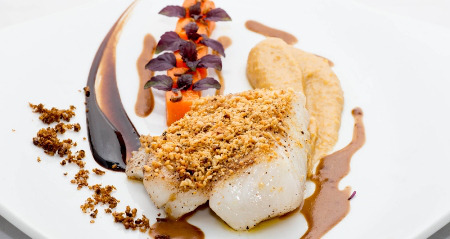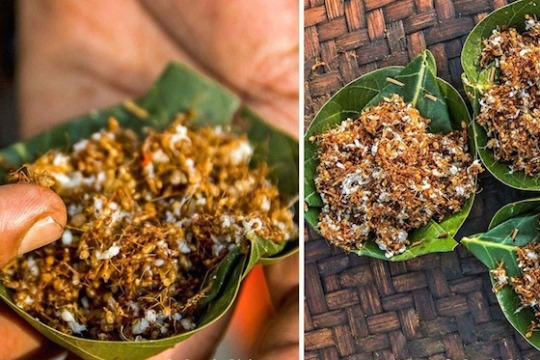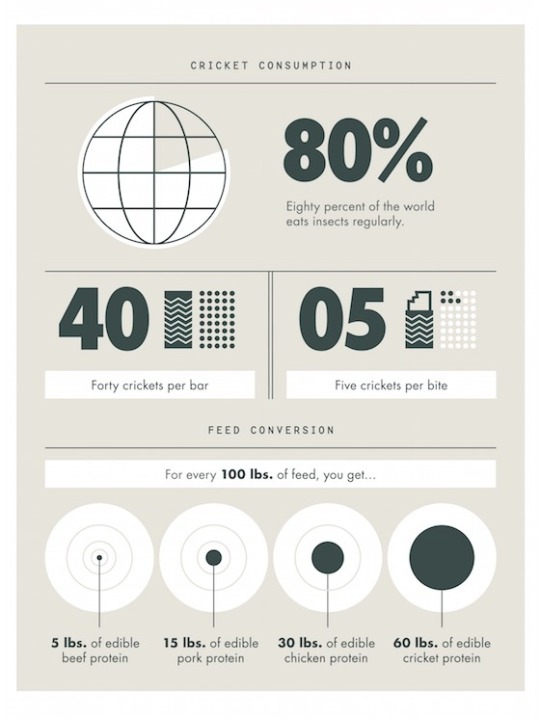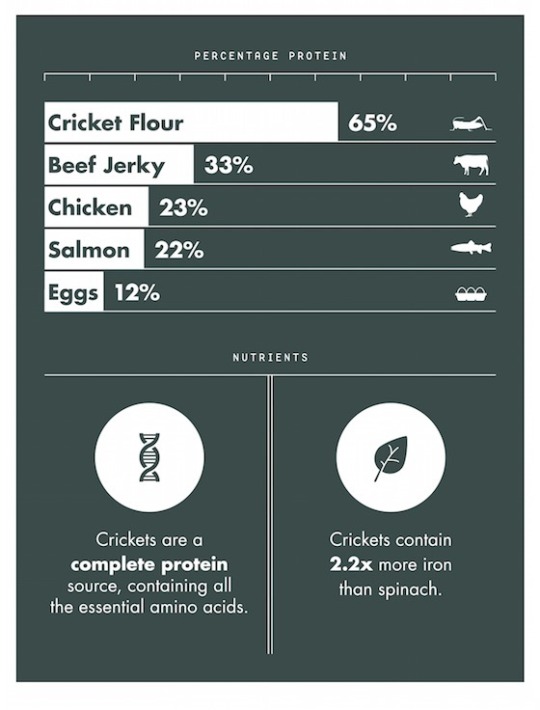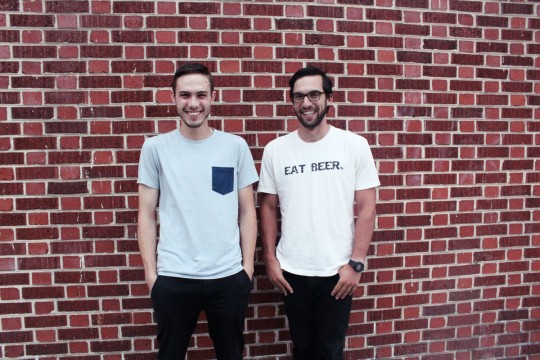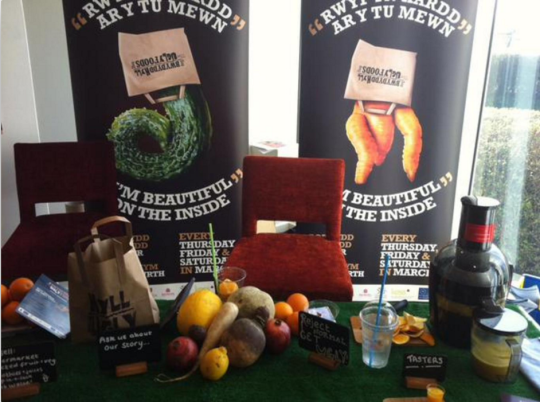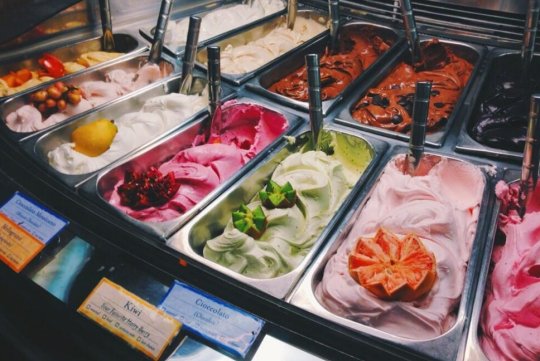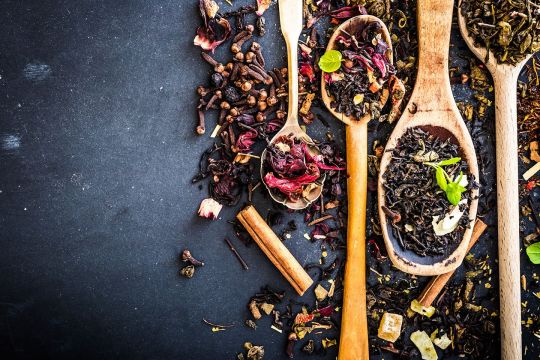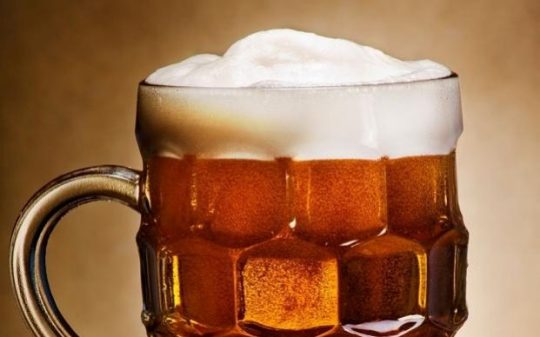
[Photography: vegan brewers argue the beer actually tastes better; Credit: Alamy]
“Who wants to drink fish guts?!”
Jemma Kington of the Moor Beer Company doesn’t mince her words. But she’s not wrong. Who would? No one, I’d wager. Although that’s exactly what us beer drinkers have been doing for years; drinking dried swim bladders. Yum.
Admittedly, they’re not plonked in our pint like a bag of giblets, but still, we’re consuming bits of fish with every gulp. Known in the trade as isinglass, dried fish bladders are a popular ‘fining’ or clarifying agent in the brewing process and late last year Guinness somewhat shocked the beer world by denouncing isinglass and rendering themselves vegan-friendly.
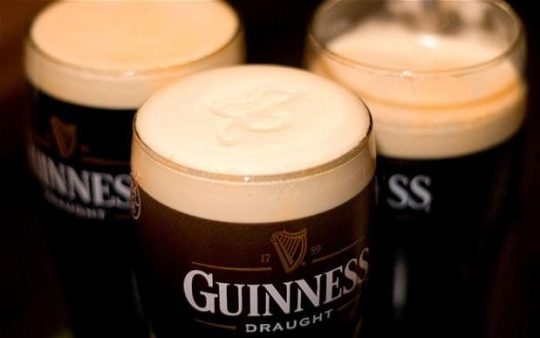
[Photography: Guinness announced it would no longer use isinglass last year; Credit: Alamy]
But many modern breweries, including Bristol-based Moor Beer, have been vegan and clean from the get go. They argue it’s not just good for our veggie friends - the beer actually tastes better.
What does vegan-friendly beer actually mean?
“Here in the UK beer is usually made clear by adding isinglass finings to finished beer,” Kington explains. “Finings are made from fish swim bladders, which are meant to remove the yeast before it hits your glass. A beer is vegan-friendly if it does not contain any animal products in any part of the process. The most widely used and contentious are isinglass, but these days people are adding lots of things to beer to create unique styles, even bacon, so it’s always best to check.”
Moor Beer started in 2007, brewed from the ashes of a previously failed brewery in the Somerset Levels and Moors. Californian head brewer, Justin Hawke took inspiration from Germany where unfined beer is more of a standard, thanks to the strict German Purity Law – Reinheitsgebot – which decrees that beers can only contain water, hops, yeast, malted barley or wheat. Typically, German beers are marked with Reinheitsgebot on their labels. Incidentally, 2016 marks the 500th anniversary of the law.
Hawke returned with “the belief that live yeast [removed in the fining process] was fundamental to beer, improving aroma, flavour and mouthfeel” and that “by leaving a small amount of yeast in suspension it heightens all of these qualities, and allows you to see the ‘soul’ of the beer.”
Kington admits that this holistic approach was somewhat ahead of its time. “Bringing a lot of international influence to our approach, including unfined beer, made it very difficult for us in the beginning, but we stuck to our guns and helped create a whole new sector of the industry,” she says.
After Moor Beer’s successful lobbying of the brewers’ association, Society of Independent Brewers (SIBA) to formally recognise unfined beer, many breweries followed suit and started making there own.
“Today unfined beers’ cloudy appearance is seen as a mark of quality rather than being associated with poorly-kept beer,” Kington says. “The dramatically improved flavour of unfined beer has won over drinkers, both vegan and non-vegan and there is definitely more of a thirst for it now.”
Jonathan Smith, Head Brewer at Freedom Brewery in Staffordshire says they’ve been brewing for over 20 years and always been vegan-friendly.
“It’s [being vegan friendly] something that’s been synonymous with the brewery right from the start and something we feel strongly about,” Smith says. “Why not make sure as many people as possible can enjoy our brews? It’s a massive plus for the more conscious consumer as there are so many beers out there that are not suitable for vegans and it’s great to be able to give consumers more choice.”
The choice is yours
More choice is certainly a big part of modern beer culture’s appeal. Whether that’s drinking vessels (how strange that we’ve all adopted the continental tulip glass so often referred to in derogatory terms in the 90s), baffling and innovative flavours or beers for a certain diet or lifestyle (vegan, clean, gluten-free or otherwise), the industry seems far more inclined to fit itself around the individual rather than to sway our drinking habits with bloke-centric ad campaigns and footy shirt sponsorship. The days of a derivative pint of lager and a packet of crisps have been and gone; the industry has simply had to grow up.
“It’s still a very small market but with more and more untraditional breweries popping up the availability of vegan-friendly beers is increasing,” says Bradley Cummings Co-Founder and Director at Tiny Rebel Brewing Co in Newport, South Wales. “And with more and more people choosing beer as their choice of drink there will naturally be a bigger calling for vegan-friendly beers as there has been with gluten free beers over the past few years.”
The perception of the ‘vegan’ has also changed. They’re no longer scrawny, dreadlocked folk from Totnes; now they’re international sports’ stars and children’s heroes. And the 21st century vegan is just as likely to drink beer as they are beetroot juice.
But it’s not just vegans that breweries are catering for. Kington says being environmentally-friendly is another huge concern for the modern brewer. Moor Beer for instance switched from bottles to cans, which are much more recyclable and have a lower carbon footprint.
And at Tiny Rebel Brewery they’ve noticed a trend for people looking for a beer that’s low in alcohol, electing a lower calorie option of say a 3.5% beer over the usual 4.5%.
So, mark it down in the diary folks: 2016 is the year of the vegan beer and beyond.
3 vegan beers to try
Organic Helles, Freedom
A clean, crisp organic helles style lager made with water from a natural spring. Freedom’s whole range is suitable for vegans and sustainably brewed, but their helles is also super organic and their most ‘clean’.
Revival, Moor Beer
All of Moor Beer’s are unfined and vegan friendly but with 25 plus different beers each year to chose from, it’s not easy to select just one. The award-winning Revival is a good place to start.
Cwtch, Tiny Rebel
I didn’t think anything could beat Tiny Rebel’s previous beer, a hugely hopy IPA with the brilliant name of Hadouken (named after the Street Fighter games). But this Welsh Red Ale won Champion Beer of Britain 2016, so it just pips the homage-paying Hadouken to the post.
This article was published in The Telegraph on 6th January 2016, by Gareth May, under the title “Clean pints: why Britain is thirsty for vegan beer”
